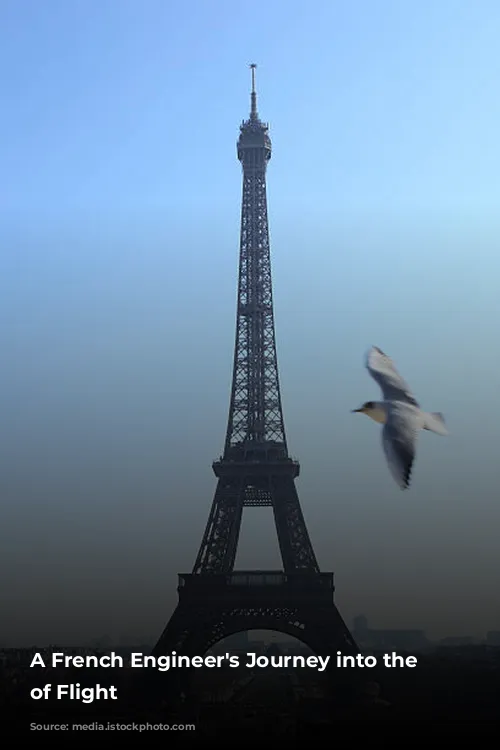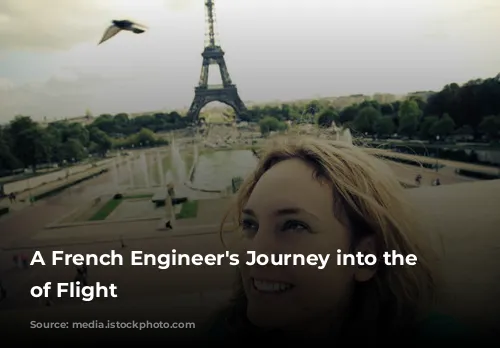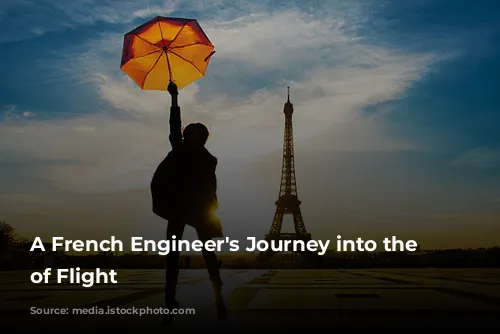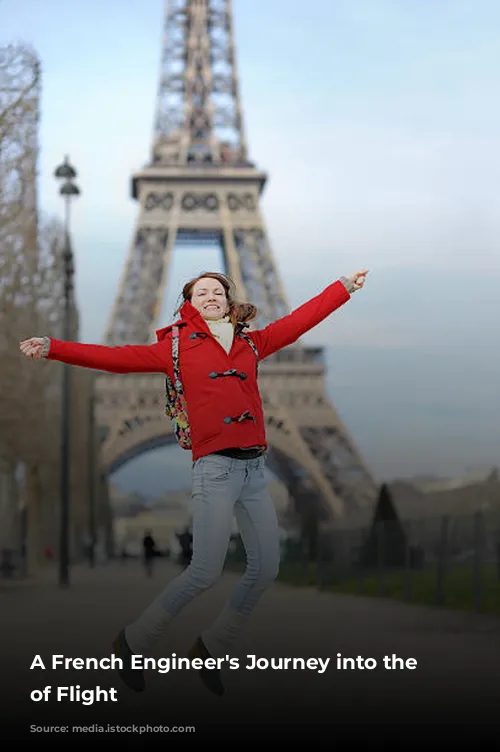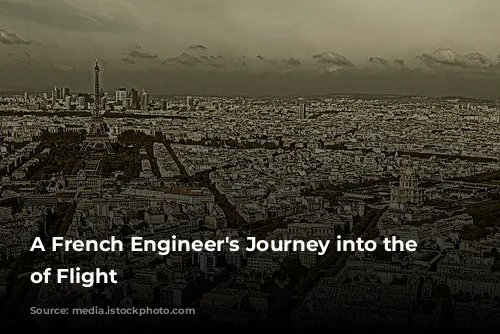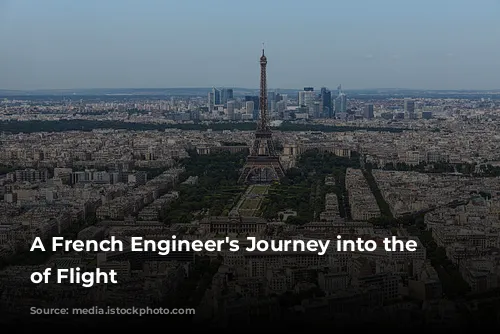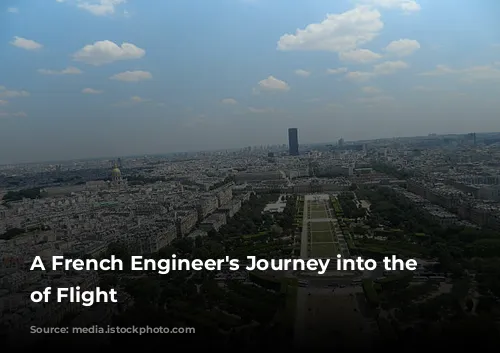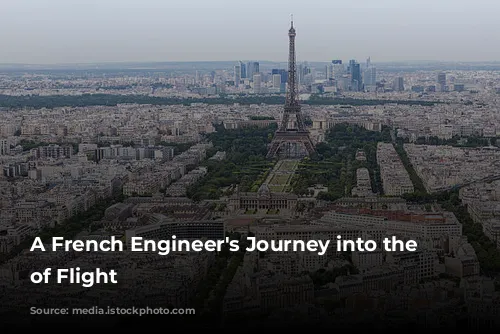The name Gustave Eiffel immediately brings to mind the iconic Eiffel Tower, a symbol of Parisian grandeur. But this brilliant French engineer’s legacy extends far beyond the realm of architecture. Eiffel, a master of structural design, later turned his attention to the fascinating world of aeronautics. His contributions in this field, particularly the development of improved wind tunnels, revolutionized our understanding of flight.
Eiffel’s early education included prestigious institutions like the École Polytechnique and the École Centrale des Arts et Manufactures in Paris. He gained valuable experience by working on numerous engineering projects, including bridges and the Statue of Liberty. This diverse background equipped him with the skills and knowledge he would later apply to aeronautics.
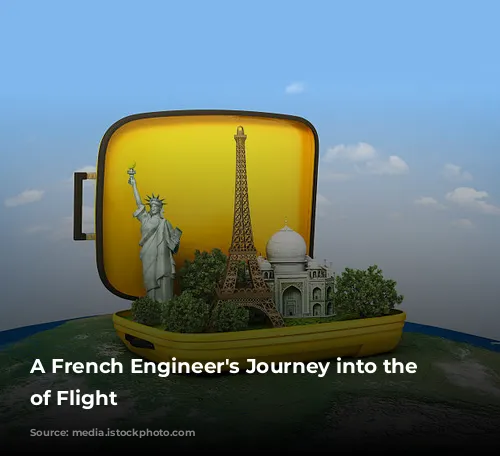
From Tower to Wind Tunnel
Eiffel’s interest in aeronautics was sparked by his own towering creation – the Eiffel Tower. This majestic structure became a platform for his early investigations into flight. In 1903, he initiated drop tests from the tower, using these experiments to study the drag of falling objects. These early experiments laid the foundation for his future research.
In 1909, Eiffel took a significant step in aeronautical research by constructing a wind tunnel at the Champ-de-Mars, near the Eiffel Tower. This facility, powered by an existing electrical generator at the tower, incorporated a new design that minimized interference with the airflow, enabling more accurate measurements. His innovative design with a column of air moving freely through the middle, minimizing interference with the airflow, became known as the “Eiffel method,” distinct from the traditional “tunnel method.”
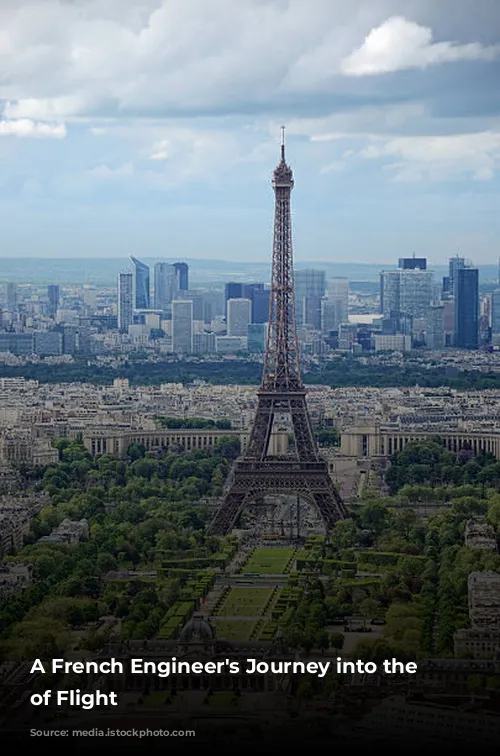
Unveiling the Secrets of Flight
Eiffel’s wind tunnel experiments yielded groundbreaking insights into the science of flight. He provided compelling evidence for the fundamental principle that airfoils create lift by reducing the pressure of air above them. This principle, a cornerstone of aeronautics, revolutionized our understanding of how aircraft soar.
Beyond studying individual components, Eiffel was a pioneer in testing complete airplane models in his wind tunnels. He established a crucial correlation between wind tunnel data and the actual performance of full-sized aircraft. This breakthrough significantly advanced the development of more efficient and reliable airplanes.

Expanding Horizons
The success of Eiffel’s wind tunnel at the Champ-de-Mars inspired him to create another, even larger facility, in Auteuil, located southwest of Paris. This expanded laboratory allowed for more complex experiments and furthered his groundbreaking work.
Eiffel’s relentless pursuit of knowledge led him to develop and patent the “diffuser,” a key component used in wind tunnels. This invention played a critical role in improving the accuracy and reliability of wind tunnel testing. Eiffel’s innovative contributions to wind tunnel technology significantly advanced the field of aeronautics, paving the way for future breakthroughs in flight.
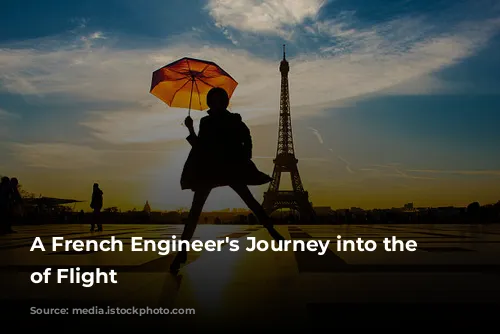
Legacy of a Pioneer
Gustave Eiffel’s legacy extends beyond the magnificent Eiffel Tower. He was a visionary engineer who dedicated himself to advancing the science of flight. His work, including his groundbreaking contributions to wind tunnel design and experimental research, laid the foundation for modern aeronautics. Eiffel’s pioneering spirit continues to inspire generations of engineers and scientists, reminding us of the boundless possibilities that arise when we embrace innovation and push the boundaries of human knowledge.
